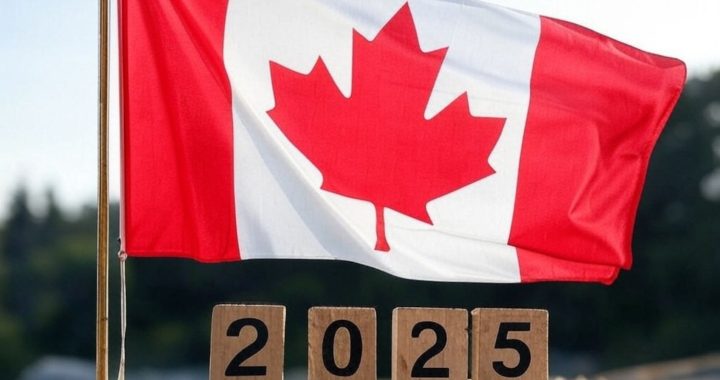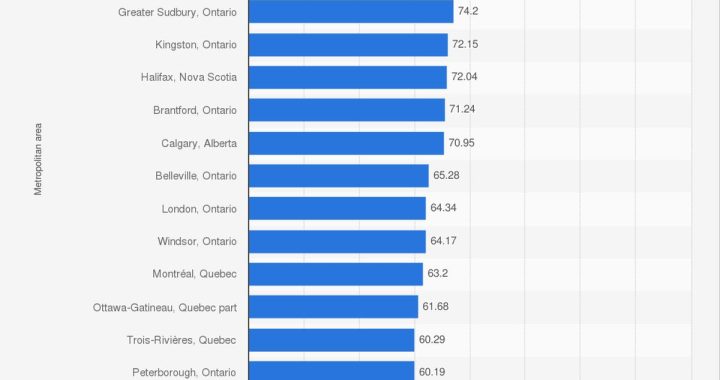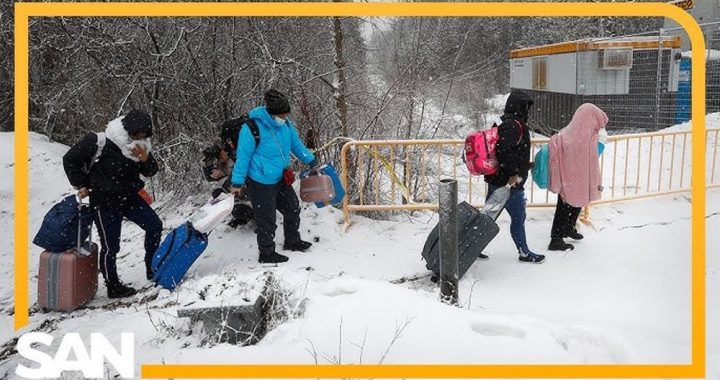Increasing Number of Immigrants Seeking to Settle in Saskatchewan
 The number of new immigrants seeking to settle in Saskatchewan has seen marked increase in the recent years. Infact, in the past decade there has been a triple-fold increase. According to a study conducted by Statistics Canada, 2.7% of the 280,682 immigrants who came to Canada in 2010 chose to settle in Saskatchewan. In the year 2000 Saskatchewan welcomed only 1,891 new immigrants but in 2010 there were 7,615 of them.
The number of new immigrants seeking to settle in Saskatchewan has seen marked increase in the recent years. Infact, in the past decade there has been a triple-fold increase. According to a study conducted by Statistics Canada, 2.7% of the 280,682 immigrants who came to Canada in 2010 chose to settle in Saskatchewan. In the year 2000 Saskatchewan welcomed only 1,891 new immigrants but in 2010 there were 7,615 of them.
Toronto Decline
While there were similar increases in other prairie provinces, around the same time, the number of immigrants wanting to settle in Toronto saw a decline. Toronto was once a top destination for new immigrants. Almost half of the new immigrants to Canada chose to settle there. But from 48% in 2000, Toronto saw the number of new immigrants wanting to settle there, drop to 33%.
The sudden increase in the influx of new immigrants into prairie provinces in and around Saskatchewan is attributed to changes in its Provincial Nominee Program (PNP) during that time. The expansion of the Saskatchewan Immigrant Nomination Program motivated more people to seek to settle there. The sudden boon in its economy and its associated opportunities made it more attractive for the new immigrants.
The Saskatchewan PNP currently has three categories; 1) Skilled Worker; 2) Saskatchewan Experience; and 3) Entrepreneur programs. The increase in the number of new immigrants has contributed to the Saskatchewan population rising to an all-time high of 1,132,640. Majority of its population is settled in the southern part of the province.
Saskatchewan Special
Saskatchewan is a prairie province of Canada that has been inhabited by the indigenous groups from thousands of years. The Europeans settled there in 1774 and it became a province in 1905. It derives its name from the river Saskatchewan that flows in it and in Cree language it means “swift flowing river”.
Like its neighbouring province Alberta which is on the west, Saskatchewan is also a land-locked province with Manitoba on the east and couple of US states on the south and Northwest Territories on the North.
Saskatchewan was primarily an agriculture based economy. Wheat is a major agriculture produce and a sheaf of wheat is often used as its symbol. It is second only to Alberta in beef production. But recent diversification to other industries meant that agriculture, fishing and hunting industries now only make up 6.8% of the province’s GDP.
Mining has become a major industry and Saskatchewan is the largest exporter of Potash and Uranium in the world. Oil and natural gas production is another major economy generating business in Saskatchewan and it is only second to Alberta in Oil production.
Premier, Brad Wall, said: “It’s a big change from a decade ago, when so many young people were leaving and our population was declining”. He added that the growing population reflects the strength of the province and its economy.

 America’s 2025 Deportation Crackdown: Should You Stay or Self-Deport?
America’s 2025 Deportation Crackdown: Should You Stay or Self-Deport?  Express Entry Updates for 2025: What Immigrants Need to Know
Express Entry Updates for 2025: What Immigrants Need to Know  Navigating Challenges: Canadian Cities, with High Crime Rate, moderate Job Opportunities, Where Immigrants May Struggle to Settle
Navigating Challenges: Canadian Cities, with High Crime Rate, moderate Job Opportunities, Where Immigrants May Struggle to Settle  Will You Be Deported for an Expired PR Card and having failed first test for Naturalization?
Will You Be Deported for an Expired PR Card and having failed first test for Naturalization?  The Shadowy Trade: Understanding Canadian “Coyotes” for Immigration and Protecting Yourself
The Shadowy Trade: Understanding Canadian “Coyotes” for Immigration and Protecting Yourself